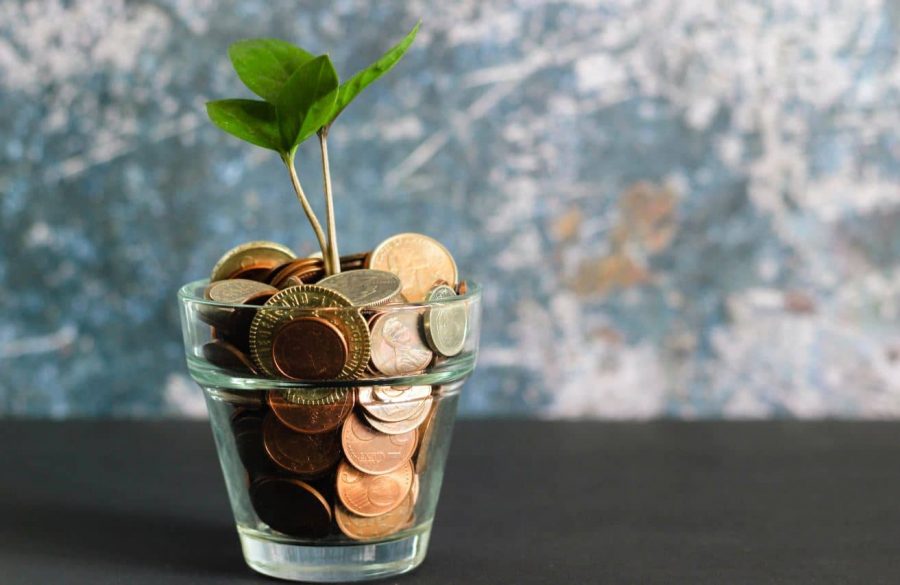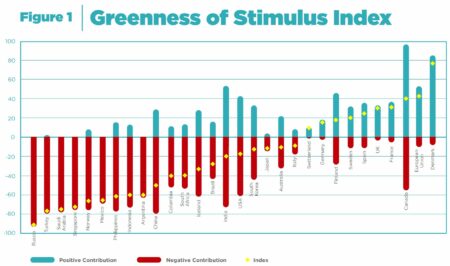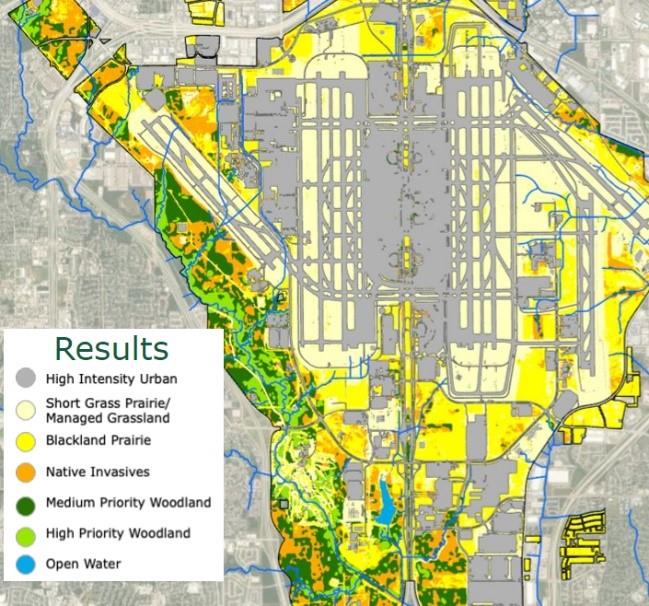News
Denmark tops green post-Covid recovery list


According to the latest “Greenness of Stimulus Index” (GSI) conducted by think tanks Vivid Economics and Finance for Biodiversity (F4B), global Covid-19 stimulus measures are continuing to have a net negative environmental impact. However, momentum towards a green recovery may be building.
The findings - from the 5th edition of the GSI, which analyses the G20 countries and a further 10 national economies - show that most governments have thus far failed to harness the opportunity of combining economic recovery with sustainable growth by investing in climate and biodiversity.
US$4.6 trillion of the total US$14.9 trillion stimulus announced to date has supported environmentally relevant sectors such as agriculture, industry, waste, energy and transport, but only US$1.8 trillion has been green, according to Vivid Economics and F4B. “Green” refers to stimulus spending into the energy, transport, industry, agriculture and waste sectors that reduces greenhouse gas emissions or enhances nature and biodiversity.
-Related news: Climate Week NYC: Denmark and New York will Build Back Greener
Green recovery momentum building
The report, however, shows that momentum towards a green recovery may be building. It outlines the potentially transformative effect of the new administration under US President Joe Biden, along with improved scores for Canada, China, India and the United Kingdom, all of which point to a fiscal and policy shift by a number of countries who are now beginning to rise to meet the climate and biodiversity challenge.
Key highlights of the report include:
- 17 countries improved their GSI scores, including the United States, which leapt by 36 points, the biggest increase of all. The new Biden administration has already signalled a major shift in the geopolitics of climate change by re-entering the Paris Agreement, and the administration change also strengthens the United States’ support of, and competitive position in, areas such as clean tech and other industries of the future that are likely to bring green job opportunities to the country. A dramatic improvement to its score followed Biden’s Executive Order for Tackling the Climate Crisis at Home and Abroad in January 2021.
- One of the biggest climbers in this edition of the GSI was Canada. Its Healthy Environment and Healthy Economy Plan, announced in December 2020, encompassed a huge range of nature-friendly initiatives including infrastructure investments in energy and transport.
- The United Kingdom’s recent withdrawal of financial support for overseas fossil fuel sectors, plus commitments by 38 local authorities to reach net-zero emissions five years earlier than the national government (by 2045), also helped to push it upwards into fifth position overall.
- Japan’s stimulus of $600 billion brought the country to the top of the rankings in Asia.
- China saw its score improve as a result of its new ambition to reduce emissions intensity by 65 per cent over 2005 levels by 2030, and by a colossal planned increase in solar and wind capacity, but it remained in negative territory overall, due in part to its stimulus package including unconditional support for its large and polluting industrial sector.
- India’s recent stimulus announcement (two thirds of which was green) included incentives for battery production and solar, as well as renewable energy plans. Both China and India improved their GSI scores, but they remain in the negative. Their poor underlying environmental performance and ongoing support for coal means their stimulus continues to harm climate and nature.
- Denmark, Finland, Iceland, Sweden and Norway were added to this edition of the GSI, with varying fortunes. Denmark came in at number one in the global league table as a result of the significant proportion of its pandemic spending being devoted to green measures.
The GSI "country notes" on Denmark read:
"The initial stimulus package released by the Danish government saw significant healthcare sector expenditures, financial support of SMEs, larger firms, and the tourism sector, as well as an immediate commitment to energy efficiency, green research investments, and a dedicated nature and biodiversity allocation. Most recently, the 2021 Budget allocated significant funds as stimulus measures, aiding welfare improvements for the vulnerable, supporting the arts and entertainment sectors, and extending funding to SMEs where needed. The new budget also allocated US$480 million to the phasing out of gas boilers, US$101 million to pollution abatement and clean-up initiatives, and US$83 million to promoting green mobility through a ’bicycle fund’."
-Related news: Danish Finance Act 2021 leads the way for green economic recovery
[caption id="attachment_128723" align="alignnone" width="765"]
Vivid Economics and Finance for Biodiversity[/caption]
-Related news: Nordic ministers call for post-corona synergies between economic recovery and green transition
"Much more action is required before we can see a truly green post-Covid recovery, but we are encouraged by the leaps in progress in some countries"
- Jeffrey Beyer, Vivid Economics
“Much more action is required before we can see a truly green post-Covid recovery,” said Jeffrey Beyer, Economist, Vivid Economics, “but we are encouraged by the leaps in progress in some countries, most notably the US and Canada. The new US administration has signalled a dramatic shift in how climate and nature can be embedded into economic recovery programmes. The US Executive Orders are a model for how regulatory change can create jobs, reduce emissions, and protect nature. But, as the GSI shows, good policy is not enough – it must be accompanied by major public investment to catalyse a job-rich, green recovery.”
-Read the full February 2021 Greenness Stimulus Index report
IEA: Not enough is being done to accelerate clean energy transitions
Earlier this month, the International Energy Agency released data showing that global energy-related CO2 emissions were 2 per cent, or 60 million tonnes, higher in December 2020 than in the same month a year earlier, driven by economic recovery and a lack of clean energy policies. Major economies led the resurgence as a pick-up in economic activity pushed energy demand higher and significant policies measures to boost clean energy were lacking. Many economies are now seeing emissions climbing above pre-crisis levels.
"Not enough is being done to accelerate clean energy transitions worldwide. If governments don’t move quickly with the right energy policies, this could put at risk the world’s historic opportunity to make 2019 the definitive peak in global emissions”
- Dr Fatih Birol, IEA
“The rebound in global carbon emissions toward the end of last year is a stark warning that not enough is being done to accelerate clean energy transitions worldwide. If governments don’t move quickly with the right energy policies, this could put at risk the world’s historic opportunity to make 2019 the definitive peak in global emissions,” said Dr Fatih Birol, the IEA Executive Director.
“In March 2020, the IEA urged governments to put clean energy at the heart of their economic stimulus plans to ensure a sustainable recovery. But our numbers show we are returning to carbon-intensive business-as-usual. This year is pivotal for international climate action – and it began with high hopes – but these latest numbers are a sharp reminder of the immense challenge we face in rapidly transforming the global energy system.”
Source
Photo by Micheile Henderson on Unsplash















